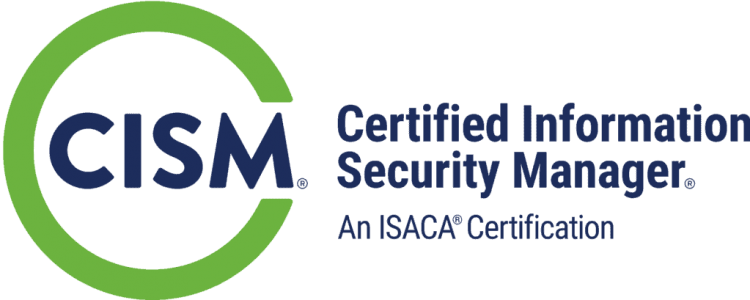Course Overview:
The mark of excellence for a professional certification program is the value and recognition it bestows on the individual who achieves it. The technical skills & practices the CISA promotes and evaluates are the building blocks of success in the field. Possessing the CISA designation demonstrates proficiency and is the basis for measurement in the profession. With a growing demand for professionals possessing IS audit, control and security skills, CISA has become a preferred certification program by individuals and organizations around the world. CISA certification signifies commitment to serving an organization and the IS audit, control and security industry with distinction. This course will help the student prepare to obtain this credential.
Attendees to TN-822: Certified Information Systmes Auditor (CISA) Seminar will receive TechNow approved course materials and expert instruction.
Dates/Locations:
| Date/Time | Event |
|---|---|
|
04/13/2026 - 04/17/2026 08:00 -16:00 |
TN-822: Certified Information Systems Auditor (CISA) Seminar TechNow, Inc, San Antonio TX |
|
05/04/2026 - 05/08/2026 08:00 -16:00 |
TN-825: Certified Information Security Manager (CISM) Seminar TechNow, Inc, San Antonio TX |
|
07/27/2026 - 07/31/2026 08:00 -16:00 |
TN-822: Certified Information Systems Auditor (CISA) Seminar TechNow, Inc, San Antonio TX |
|
12/07/2026 - 12/11/2026 08:00 -16:00 |
TN-822: Certified Information Systems Auditor (CISA) Seminar TechNow, Inc, San Antonio TX |
Duration: 5 Days
Course Objectives:
- Information Systems Auditing Process (18%)
- Providing industry-standard audit services to assist organizations in protecting and controlling information systems, Domain-1 affirms your credibility to offer conclusions on the state of an organization’s IS/IT security, risk and control solutions.
- Governance & Management of IT (18%)
- This domain confirms to stakeholders your abilities to identify critical issues and recommend enterprise-specific practices to support and safeguard the governance of information and related technologies.
- Information Systems Acquisition, Development & Implementation (12%)
- Domains 3 and 4 offer proof not only of your competency in IT controls, but also your understanding of how IT relates to business.
- Information Systems Operation & Business Resilience (26%)
- Domains 3 and 4 offer proof not only of your competency in IT controls, but also your understanding of how IT relates to business.s.
- Protection of Information Assets (26%)
- Cybersecurity now touches virtually every information systems role, and understanding its principles, best practices and pitfalls is a major focus within Domain 5.
Prerequisites:
A minimum of five years of professional information systems auditing, control & security work experienced is required. Experience must have been gained within the 10-year period preceding the application date for certification, or within five years from the date of initially passing the examination.
Comments
Latest comments from students
User: fsarisen
Instructor comments: Thank you Tim for all the great information! I am confident that I'll do well on the ICND exam.
User: storoy30
Instructor comments: The instructor, Tim Burkard, was very knowledgeable on the course material and skilled at explain more complex ideas.


